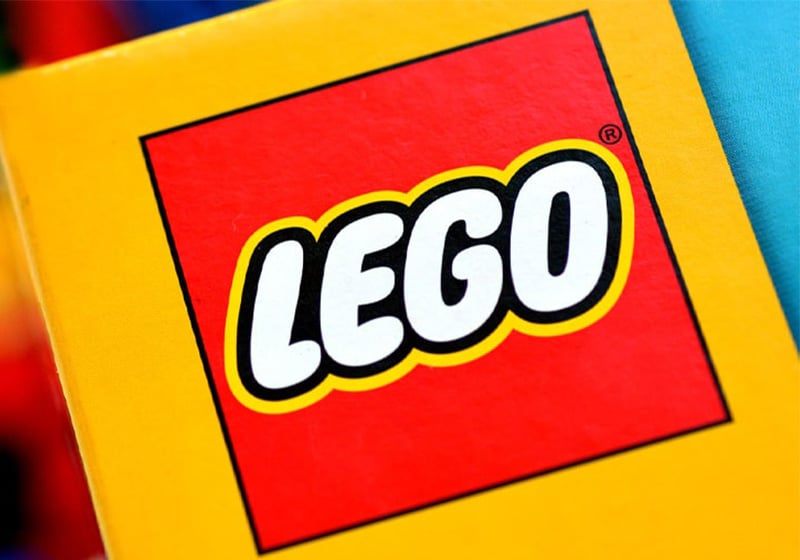Table of Contents
#BrandVolution. The story of LEGO: the name, the logo, the legend
Bricks that build dreams. We tell the story of a company that works with creativity for creativity: LEGO. We’ll discover how the firm was born, where the name came from (and what it means) and how the logo has evolved – because it’s changed quite a lot over the years!
How LEGO was born
The story of LEGO is told as a fairy-tale in this delightful animated video that we urge you to watch. But don’t worry if you don’t have 17 minutes to spare, because we’re going to run through the highlights below.
It was in 1932 when carpenter Ole Kirk Kristiansen started his business in the Danish village of Billund. Ole had four children to feed and carpentry work (which mainly involved making pegs, stools and ironing boards) was too scarce to support the whole family. So, partly out of necessity, and partly to pass the time, he started making wooden toys for his children. The outstanding craftsmanship of his toys saw them become widely admired. And so Ole Kirk Kristiansen started selling them.
We now take a leap forward in time to 1946, the year that marked a pivotal moment in the firm’s history: Ole decided to invest in an injection moulding machine, and with it produced his first plastic bricks. And this is when the then still small business began its inexorable growth into one of the best-known brands on Earth. A company called LEGO.
About the name… did you know that this is made of building blocks too? Ole devised it in 1934 by putting together two words: leg and godt, which in Danish mean “play well”. And the logo? Well, we’re going to see how it’s changed over time…
How the LEGO logo has evolved over time
The very first logo was printed on correspondence and delivery notes. We have to wait until 1936 to see it appear on toys too. A simple black and white logo, it’s a far cry from the colourful, rounded logo we know today.

Between 1939 and 1940, the logo was redesigned to become three dimensional, as if to underscore the fact that this was now a well-established and growing company.

In 1949, the first Automatic Binding Bricks were produced (later simply called LEGO Bricks). The new logo appeared on the catalogues in various colours. Here it is in the version that (in terms of colour) is closest to today’s: thick and rounded letters that seem to be hand written and a naïve and playful style that would become part of the brand’s identity.

The year 1960 saw the logo gain another feature familiar today: it was enclosed in a rectangle (a precursor to the current square border) and coloured red, white and yellow – colours that we still associate with the brand to this day.

In 1973, the rectangle gave way to a square for a more compact and pared back aesthetic. The letters were cleaner and more even, and the registered trade mark symbol appeared beside it. That same year LEGO arrived in the United States, the company expanded and consolidated, and the logo very much reflected this.

The last tweak was in 1998, when the LEGO logo finally became what we know today. The change was so small that you might miss it: notice the slight shrinking of the letters? This little retouch was required to better reproduce the logo in digital media.

And there we have it: brick by brick, we’re reconstructed the story of a great company. If you’re fascinated by the stories behind brands, check out our blog by searching for the hashtag #BrandVolution: you’ll find many more.

